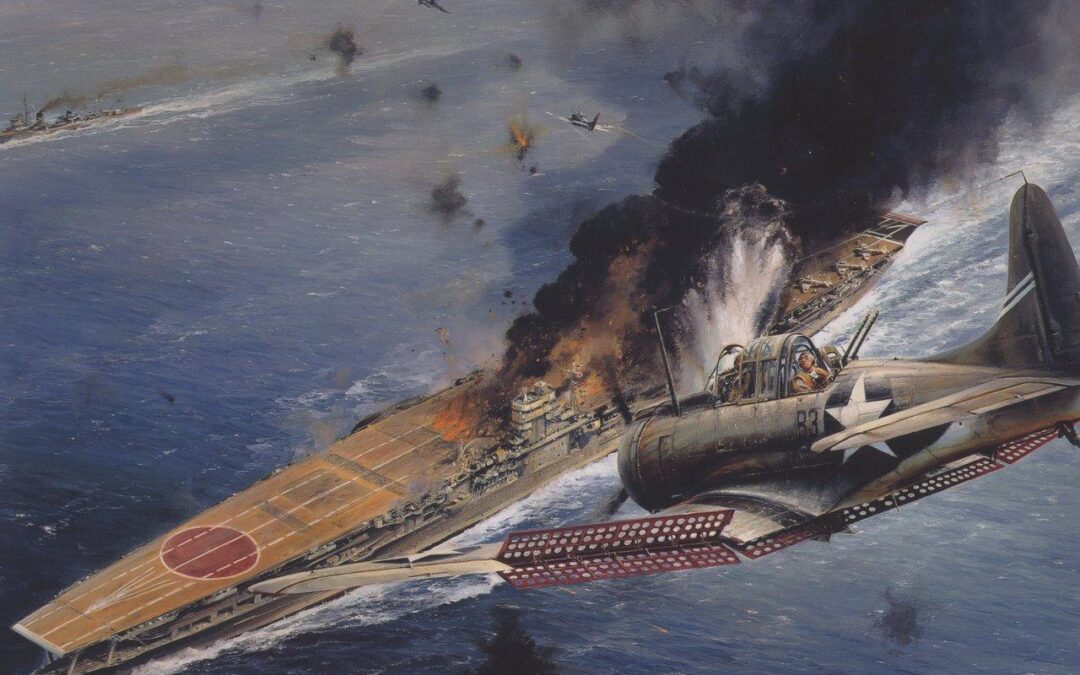There is some debate on the turning point of the war in the Pacific Theatre. Some historians believe the Allied victory at the Battle of Midway was the defining moment, followed by aggressive island-hopping all the way to the Japanese homeland. Others view Midway as the tipping point in the war where the initiative hung in the balance only to swing toward the Allies following its major victory in the Guadalcanal campaign. According to many other historians, however, the turning point of...









